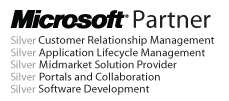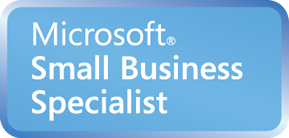
Over than 20 years helping businesses and people to increase their sales and revenue, to improve their customer service experience and get the most benefit of the existing Microsoft technology to meet their goals with success.
Get the Power of Microsoft technologies now with

Contact Us for free trial and recomendations.


Why Us
If you want to have an excellent quality solution you must go directly to the source. That is what we do, our solutions are built with the best quality of components, strongly tested and passed the most critical proofs, so that we don't need to worry about the final result, if we use excellent components, then the results will be excellent as well.Please do not hesitate to contact us. We look forward to working with you and making your project a success.

Technologies

Integrations
Why not automate the manual processes to share data between two different systems? If you have more than one system or ERP software in your enterprise, you will want to integrate them. We have a lot of experience in doing system integrations from standard systems available on the internet to very complex legacy systems. we can also help you integrate online systems with
on-premise systems.

Our disciplines
Each discipline has their own strength and focus, but we all collaborate as one team. To learn more about how we work together, visit how we work.






